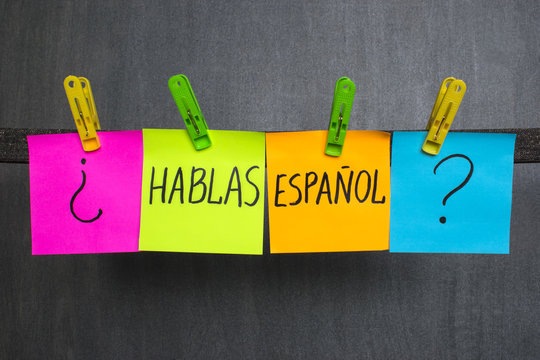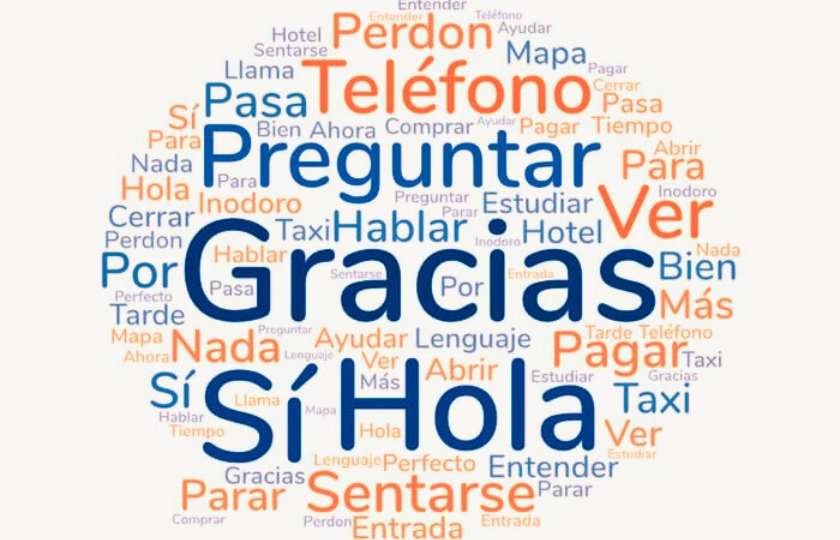Beginner's Guide to Spanish Accent Marks and Special Characters
¡Hola amigos! Ever stumbled upon a word in Spanish and wondered, "What's that little dash doing on top of the letter?" or "Why does this 'n' have a cute little squiggle above it?" Well, buckle up, language enthusiasts! It's time to dive deep into the world of Spanish accent marks and special characters.
Now, I can almost hear your thoughts: "I've been typing away on my keyboard forever, and I've never needed these marks." Oh, but in the grand world of Spanish, these tiny symbols are not just decorative—they're game changers!
Remember that time you mixed up "ano" with "año"? Trust me; one means "year" and the other... well, let's just say it's a bit more personal.😉

Spanish Accent Marks: The Unsung Heroes
Accent marks in Spanish, known as tildes, aren't there just to make words look fancy. They're crucial for pronunciation and meaning.
Illustrative Examples:
- él (he) vs. el (the): Él es el doctor. (He is the doctor.)
- té (tea) vs. te (you - object pronoun): Te quiero un té. (I want you a tea.)
- mí (me) vs. mi (my): Esa es mi casa, no para mí. (That is my house, not for me.)
Spot the difference? One tiny stroke changes everything!
How to Use Tildes Like a Pro:
- Stress the Right Syllable: Words like chico and hablan don't need tildes because of their natural stress, but words like camión (truck) and rápido (fast) carry the accent to indicate unusual stresses.
- Differentiate Meanings: Some words with different meanings might look similar but are differentiated with the tilde.
Spot the difference? One tiny stroke changes everything!
The Infamous Ñ
Beyond accent marks, there's the darling of Spanish characters: the ñ. This letter gives us:
- año (year) vs. ano (anus): Cada año es diferente. (Every year is different.)
- señor (sir/mister) vs. senor (non-existent in Spanish): Señor Rodríguez está aquí. (Mr. Rodríguez is here.)

Other Special Characters:
The unique inverted exclamation and question marks. For instance:
- ¡Hola! (Hello!): ¡Hola! ¿Cómo estás? (Hello! How are you?)
- ¿Verdad? (Right?): Te gusta el chocolate, ¿verdad? (You like chocolate, right?)
Typing Them Out
Modern devices simplify typing these characters. For instance, on an English keyboard, holding 'n' gives you the 'ñ' and so forth.

Spanish accent marks and special characters might seem like tiny details, but they are pivotal. They aren't there to make things complicated, but rather to enhance clarity. And remember, it's not just about getting the word right, it's about embracing the rhythm and soul of the Spanish language.
Keep rocking your Spanish journey, and soon you'll be rolling your R's and nailing those accent marks like a true maestro. Hasta la vista and happy typing!
Ready to speak Spanish with native speakers?
Join us at Language Vibes. Our innovative platform provides you with an interactive and efficient way to significantly improve your Spanish speaking skills.